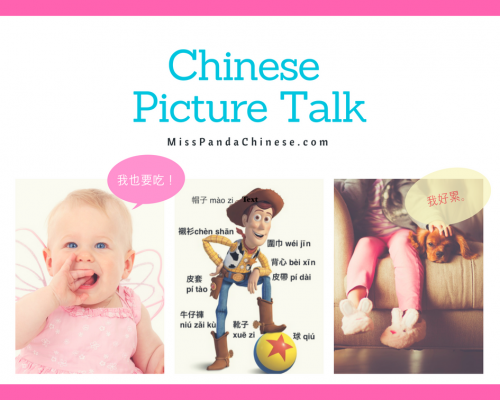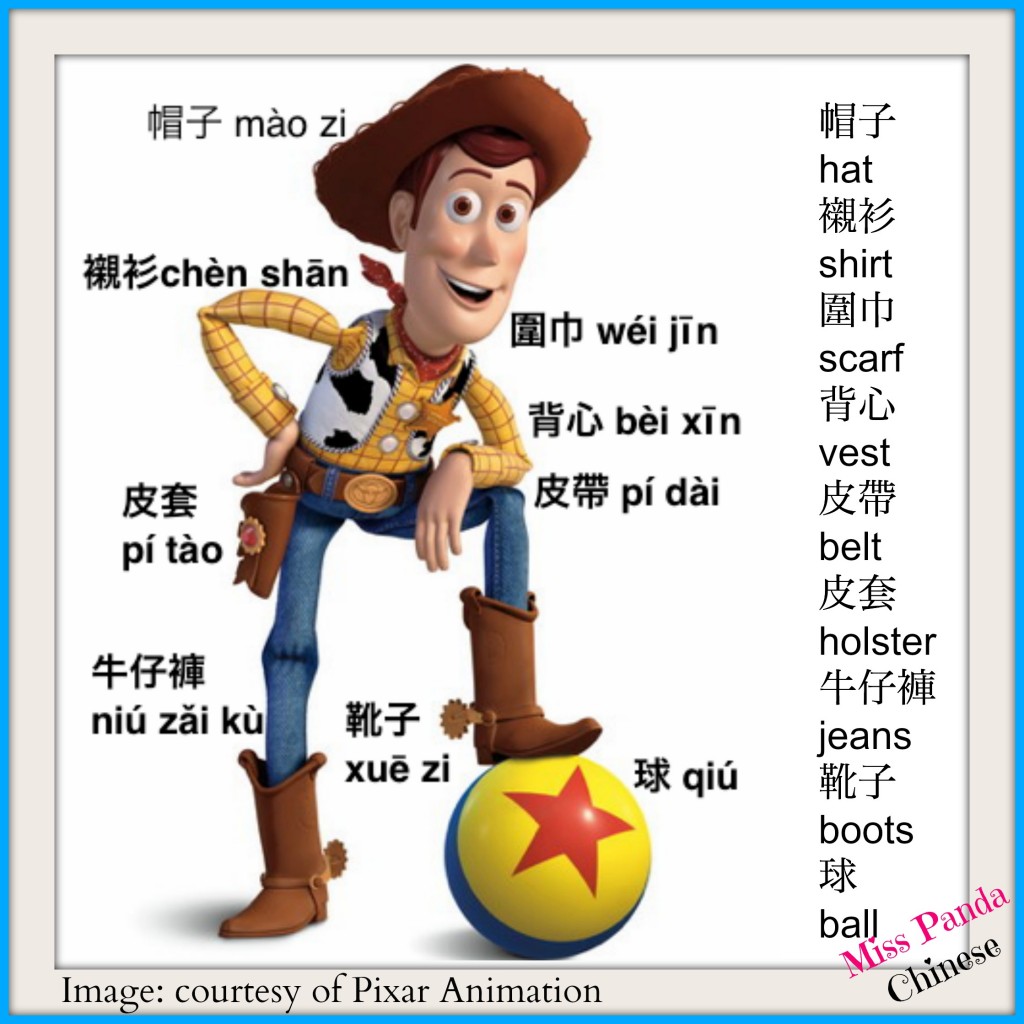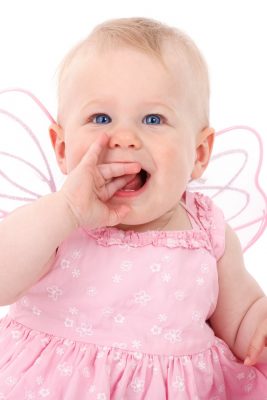Pictures speak. Images have stories. Chinese One Image Talk and Chat features Woody from Toy Story!

Reading wordless books to children is a wonderful way to engage them in the target language (Chinese). There are no words in the book but there are pictures. When you tell the story of a wordless book, children listen, they hear the words, they understand the story you are telling them. It is a great way to build literacy skills.
You can use the wordless book concept for Chinese. You can also use it for One Word Image. What are some common elements that all images have?
- Colors.
- Sizes.
- Mood.
- Location.
- Personalities.
- Characteristics.
- Temperature.
- Distance.
- Time.
- Quantity.
These are all the questions you can ask. That is a lot. Start with one category and stay with one. Repeat and explore all options and let the words and expressions stick to your kids.
Due to the nature of Chinese language and the requests from readers the text is arranged as English-traditional Chinese-simplified Chinese-pinyin.
Statement: Look at Woody. He looks cool today. [clothing]
看看Woody. 他今天看起來很酷. [衣服]
看看Woody. 他今天看起来很酷. [衣服]
Kàn kàn Woody. Tā jīntiān kàn qǐlái hěn kù. [Yīfú]
Question: What is he wearing?
他戴什麼?
他戴什么?
Tā dài shénme?
Answer: Hat.
帽子.
Màozi.
Question: Woody is wearing a hat. What else is he wearing?
Woody戴帽子. 他還穿了什麼?
Woody戴帽子. 他还穿了什么?
Woody dài màozi. Tā hái chuānle shénme?
Answer: boots.
靴子.
Xuēzi
Question: Woody is wearing a hat and boots. What else is he wearing?
Woody戴帽子和穿靴子. 他還穿了什麼?
Woody戴帽子和穿靴子. 他还穿了什么?
Woody dài màozi hé chuān xuēzi. Tā hái chuānle shénme?
Answer: Jeans.
牛仔褲.
牛仔裤.
Niúzǎikù.
Question: Woody is wearing a hat, boots, and a pair of jeans. What color is his hat?…
Woody戴帽子,穿靴子和牛仔褲. 他的帽子是什麼顏色?
Woody戴帽子,穿靴子和牛仔裤. 他的帽子是什么颜色?
Woody dài màozi, chuān xuēzi hé niúzǎikù. Tā de màozi shì shénme yánsè?

Let’s look at the second picture.
Statement: Look at this baby girl. [colors]
看看這個娃娃!|看看这个娃娃!
Kàn kàn zhège wáwá!
Question: What color are her eyes?
他的眼睛是什麼顏色?|他的眼睛是什么颜色?
Tā de yǎnjīng shì shénme yánsè?
Answer: Blue.
藍色。|蓝色。
Lán sè.
Question: This baby’s eyes are blue. What color is her dress?
這個娃娃的眼睛是藍色的。|这个娃娃的眼睛是蓝色的。
Zhège wáwá de yǎnjīng shì lán sè de.
他的洋裝是什麼顏色?|他的洋装是什么颜色?
Tā de yángzhuāng shì shénme yánsè?
Answer: Pink.
粉紅色。
Fěnhóng sè.
Question: The baby’s eyes are blue. Her dress is pink. What color are the flowers on her dress?
這個娃娃的眼睛是藍色的。|这个娃娃的眼睛是蓝色的。
Zhège wáwá de yǎnjīng shì lán sè de.
他的洋裝是粉紅色的。 |他的洋装是粉红色的。
Tā de yángzhuāng shì fěnhóng sè de.
他洋裝上的花是什麼顏色?| 他洋装上的花是什么颜色?
Tā yángzhuāng shàng de huā shì shénme yánsè?
Answer: White.
白色。
báisè.
Question: The baby’s eyes are blue. Her dress is pink. The flowers are white. What color is her hair?…
這個娃娃的眼睛是藍色的。|这个娃娃的眼睛是蓝色的。
Zhège wáwá de yǎnjīng shì lán sè de.
他的洋裝是粉紅色的。 |他的洋装是粉红色的。
Tā de yángzhuāng shì fěnhóng sè de.
花是白色的。
Huā shì báisè de.
他的頭髮是什麼顏色?|他的头发是什么颜色?
Tā de tóufǎ shì shénme yánsè?
Let’s look at the third picture.

Statement: Look at this puppy. [location]
看這隻小狗。|看这只小狗。
Kàn zhè zhǐ xiǎo gǒu.
Question: Where is the puppy?
小狗在哪裡?|小狗在哪里?
Xiǎo gǒu zài nǎlǐ?
Answer: On the couch.
在沙發上。|在沙发上。
Zài shāfā shàng.
Question: The puppy is on the couch. Where is the couch?
小狗在沙發上。|小狗在沙发上。
Xiǎo gǒu zài shāfā shàng. 沙發在哪裡?|沙发在哪里。
Shāfā zài nǎlǐ?
Answer: In the living room.
在客廳,|在客厅。
Zài kètīng,
Question: The puppy is on the couch. The couch is in the living room. Is this home or school? …
小狗在沙發上。|小狗在沙发上。
Xiǎo gǒu zài shāfā shàng.
沙發在客廳。|沙发在客厅。
shāfā zài kètīng.
這是家還是學校?|这是家还是学校?
Zhè shì jiā háishì xuéxiào?
There are so many questions you can ask and there are so many options. One thing to remember is that you don’t want to overwhelm your child/students. You need to check to see if they really comprehend and understand what you are providing to them. The best comprehension check is to ask questions.
Activity Idea Box
Chinese One Word Image can lead to various playful learning for children at different levels.
Many young children enjoy the dress-up play.
- Kids can learn about outfits, accessories, job duties, personality, and professions.
- It involves imagination and creativity.
- Our dress-up chest at home has been popular over the years.
- Why don’t you set up one and see how your child would enjoy it. I hope Woody can help out with the cowboy theme for your next dress-up theme.
Chinese One Word Image can lead to various playful learning for older children.
Older children need more challenging games like Scavanger Hunt, Hot & Cold, I Spy, Caption the Image, Speech Bubble…
- Expressions can be reinforced through playing games.
- Repetition gives Chinese language input.
- Use different ways to use the same expressions or words.
- Use conversation speech bubbles to write caption with acquired words, phrases, or sentences.
- Tell stories.
- Ask questions!
Love to read more Chinese teaching resources from Miss Panda? Sign Up for Email Updates:

